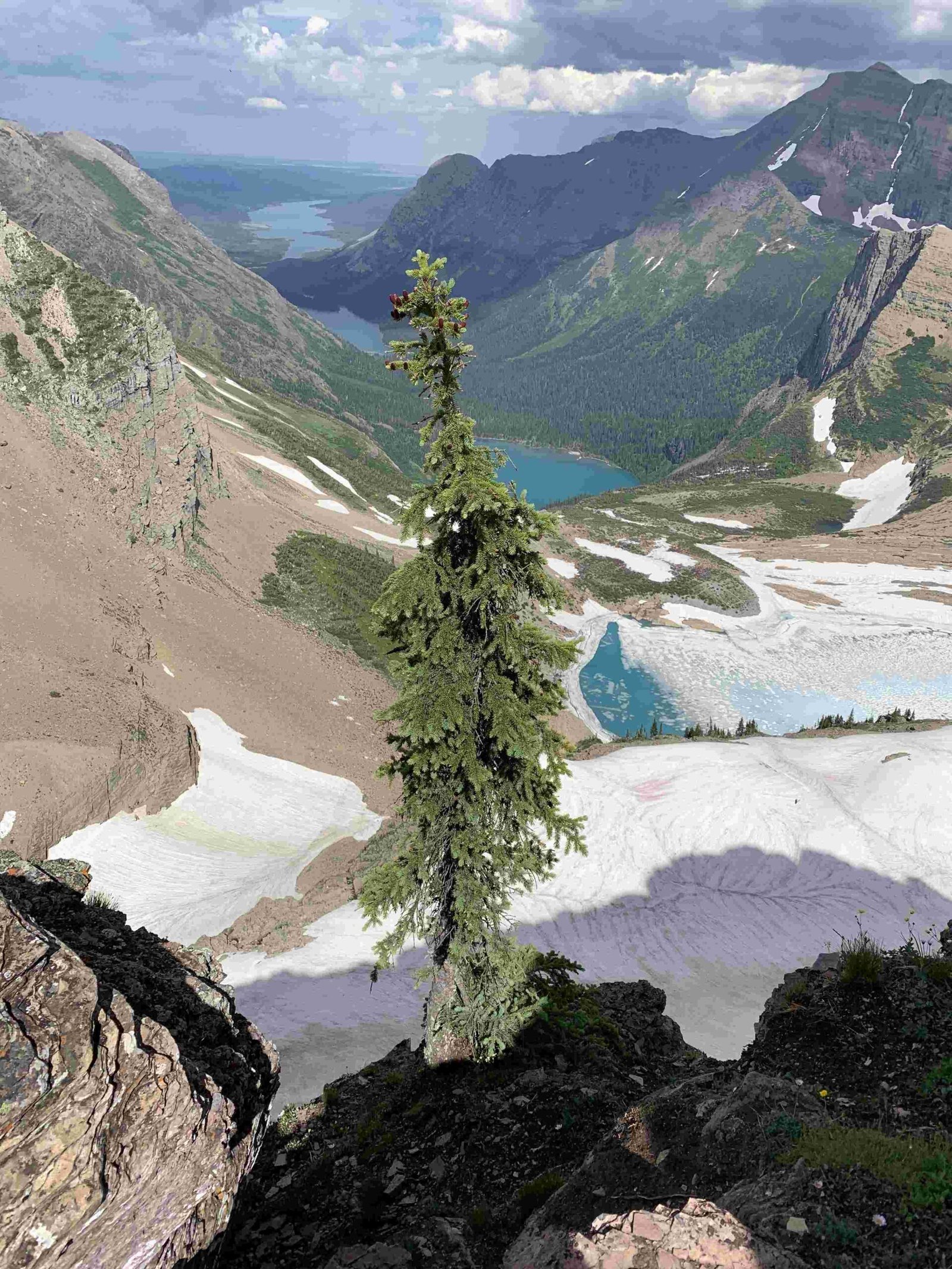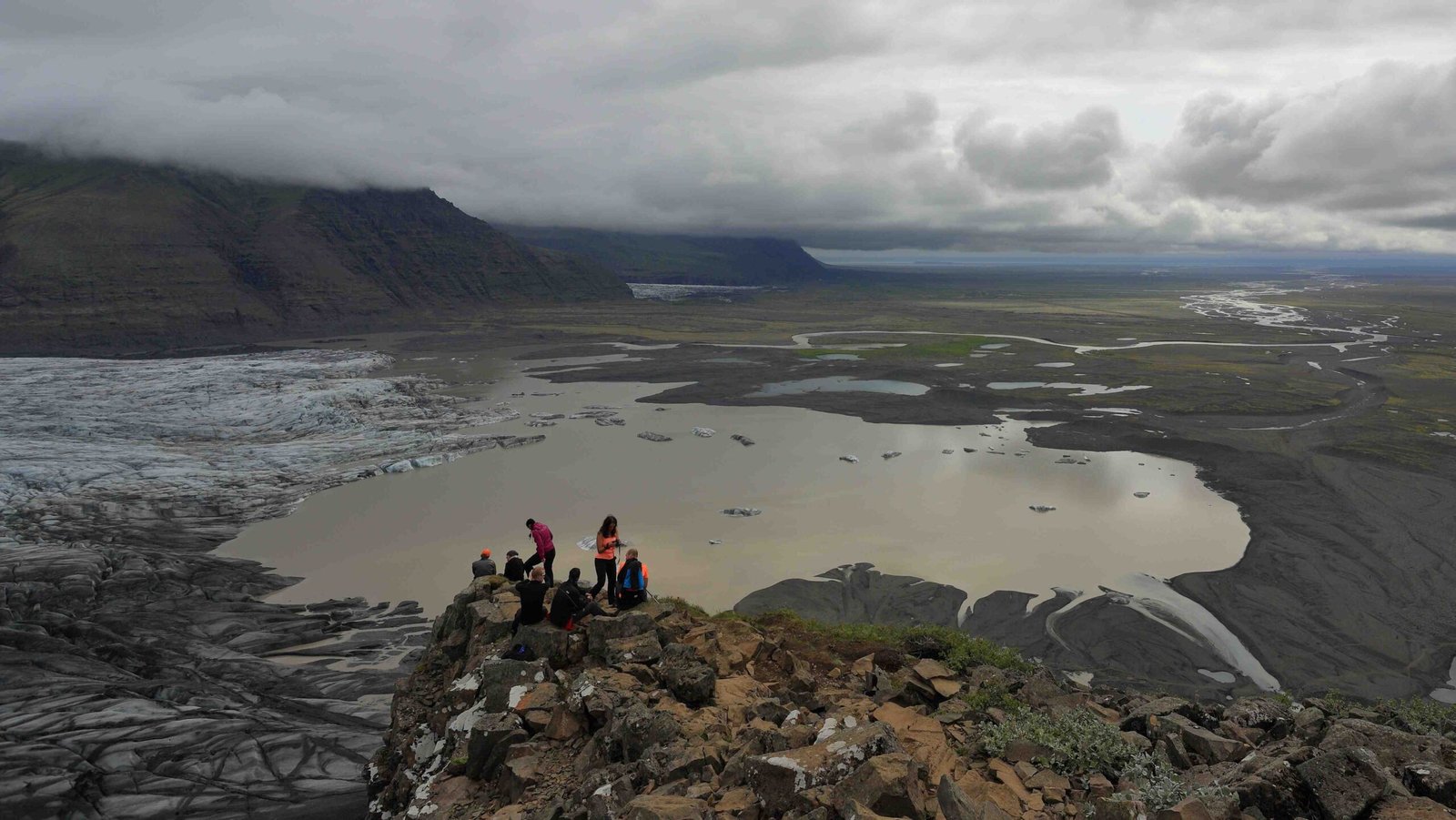The Glacier National Park High Route is a challenging and breathtaking trek through some of the most stunning alpine terrain in North America. While not an officially designated trail, this route combines several high-elevation paths to create an unforgettable backcountry experience. Spanning approximately 50-100 miles, depending on the chosen route, this adventure typically takes 5-10 days to complete. Hikers traverse rugged mountain passes, pristine alpine meadows, and witness awe-inspiring glacial landscapes while navigating through diverse ecosystems.
What is the Glacier National Park High Route?

The Glacier National Park High Route is a challenging backcountry trek that combines several high-elevation trails within the park. While not an official, single trail, it offers adventurers a chance to experience the park’s most stunning alpine terrain. The route typically includes sections of popular trails such as:
- Siyeh Pass Trail
- Upper Grinnell Lake Trail
- Continental Divide Trail (CDT) sections
This combination allows hikers to experience the park’s diverse landscapes, from dense forests to rocky mountain passes and glacial lakes.
What are the Key Features of the Glacier National Park High Route?

The Glacier National Park High Route offers a variety of unique features that make it a sought-after adventure for experienced hikers:
- Distance: 50-100+ miles, depending on the chosen route
- Duration: Typically 5-10 days
- Difficulty: Strenuous, due to high elevation gains and challenging terrain
- Elevation Gain: Varies, but can exceed 10,000 feet cumulative gain
- Landscapes: Alpine meadows, glacial lakes, mountain passes, and dense forests
- Wildlife: Opportunities to spot grizzly bears, mountain goats, and bighorn sheep
How to Plan Your Glacier National Park High Route Adventure?
Planning a Glacier National Park High Route adventure requires careful preparation. Here’s a step-by-step guide to help you get started:
- Choose Your Route: Research and decide which trails you want to include in your high route.
- Obtain Permits: Secure backcountry camping permits well in advance.
- Plan Your Itinerary: Break down your route into daily segments, considering difficulty and camping locations.
- Prepare Gear: Gather essential gear, including bear spray and proper navigation tools.
- Check Trail Conditions: Contact park rangers for up-to-date information on trail conditions and closures.
- Arrange Transportation: Plan for transportation to and from trailheads.
What Gear is Essential for the Glacier National Park High Route?
Proper gear is crucial for a safe and enjoyable experience on the Glacier National Park High Route. Here’s a list of essential items:
- Sturdy hiking boots
- Layered clothing for varying weather conditions
- Waterproof and breathable outer layers
- Backpack (50-65 liters)
- Tent suitable for alpine conditions
- Sleeping bag rated for low temperatures
- Sleeping pad
- Water filtration system
- Bear spray (mandatory in Glacier National Park)
- Navigation tools (map, compass, GPS device)
- First aid kit
- Headlamp
- Multi-tool
- Emergency communication device (satellite phone or personal locator beacon)
What are the Best Sections of the Glacier National Park High Route?
While the entire route offers stunning views and challenging terrain, some sections stand out for their unique features:
Siyeh Pass Trail
- Distance: 10.9 miles round trip
- Elevation Gain: 3,810 feet
- Highlights: Panoramic views of surrounding peaks, alpine meadows, and potential wildlife sightings
Upper Grinnell Lake Trail
- Distance: 10.2 miles round trip
- Elevation Gain: 1,600 feet
- Highlights: Views of Grinnell and Salamander Glaciers, turquoise glacial lakes
Continental Divide Trail Sections
- Distance: Varies, up to 50+ miles within the park
- Elevation Gain: Significant, with frequent ascents and descents
- Highlights: Diverse ecosystems, expansive vistas, and a true wilderness experience
How to Stay Safe on the Glacier National Park High Route?
Safety should be your top priority when tackling the Glacier National Park High Route. Follow these guidelines to ensure a safe journey:
- Be Bear Aware: Carry bear spray and know how to use it. Make noise while hiking to avoid surprising wildlife.
- Weather Preparedness: Check forecasts and be prepared for sudden changes in weather, including storms and snow at higher elevations.
- Navigation Skills: Carry and know how to use a map and compass, as well as a GPS device.
- Water Safety: Treat all water sources before drinking to avoid waterborne illnesses.
- Leave No Trace: Follow Leave No Trace principles to protect the park’s ecosystem and wildlife.
- Emergency Plan: Have a detailed itinerary and share it with someone off the trail. Carry an emergency communication device.
What are the Current Trail Conditions for the Glacier National Park High Route?
Trail conditions in Glacier National Park can vary greatly depending on the season and recent weather patterns. Here’s a general overview:
| Season | Typical Conditions | Considerations |
|---|---|---|
| Spring (May-June) | Snow-covered trails at higher elevations | Avalanche risk, stream crossings may be dangerous |
| Summer (July-August) | Generally clear trails, some snow patches | Afternoon thunderstorms, peak visitor season |
| Fall (September-October) | Variable conditions, early snow possible | Fewer crowds, changing fall colors |
| Winter (November-April) | Heavy snow, extreme cold | Most trails inaccessible, specialized winter gear required |
Always check with park rangers for the most up-to-date trail conditions before setting out on your journey.
What Wildlife Precautions Should be Taken on the Glacier National Park High Route?
Glacier National Park is home to diverse wildlife, including potentially dangerous animals like grizzly bears. Take these precautions:
- Carry bear spray and know how to use it
- Make noise while hiking to avoid surprising animals
- Store food and scented items properly in bear-resistant containers
- Hike in groups when possible
- Be aware of your surroundings and watch for signs of wildlife
- Do not approach or feed any wildlife
- Learn to identify animal tracks and scat
By following these guidelines, you can minimize the risk of negative wildlife encounters and enjoy the natural beauty of the park responsibly.
How to Obtain Permits for the Glacier National Park High Route?
Obtaining the necessary permits is crucial for your Glacier National Park High Route adventure. Here’s what you need to know:
- Backcountry Permit: Required for all overnight stays in the backcountry
- Reservation Process:
- Online advance reservations available starting March 15 for the upcoming summer season
- Walk-in permits available on a first-come, first-served basis no more than 24 hours before your trip start date
- Fees:
- $7 per night per person for adults (16 and older)
- $3 per night per person for children (8-15)
- Children 7 and under are free
- Group Size Limits: Maximum of 12 people per group in the backcountry
It’s recommended to secure your permits well in advance, especially for popular routes and peak season (July-August).
Remember, planning and preparation are key to a successful and safe Glacier National Park High Route adventure. Always respect the park’s regulations and Leave No Trace principles to help preserve this stunning wilderness for future generations.